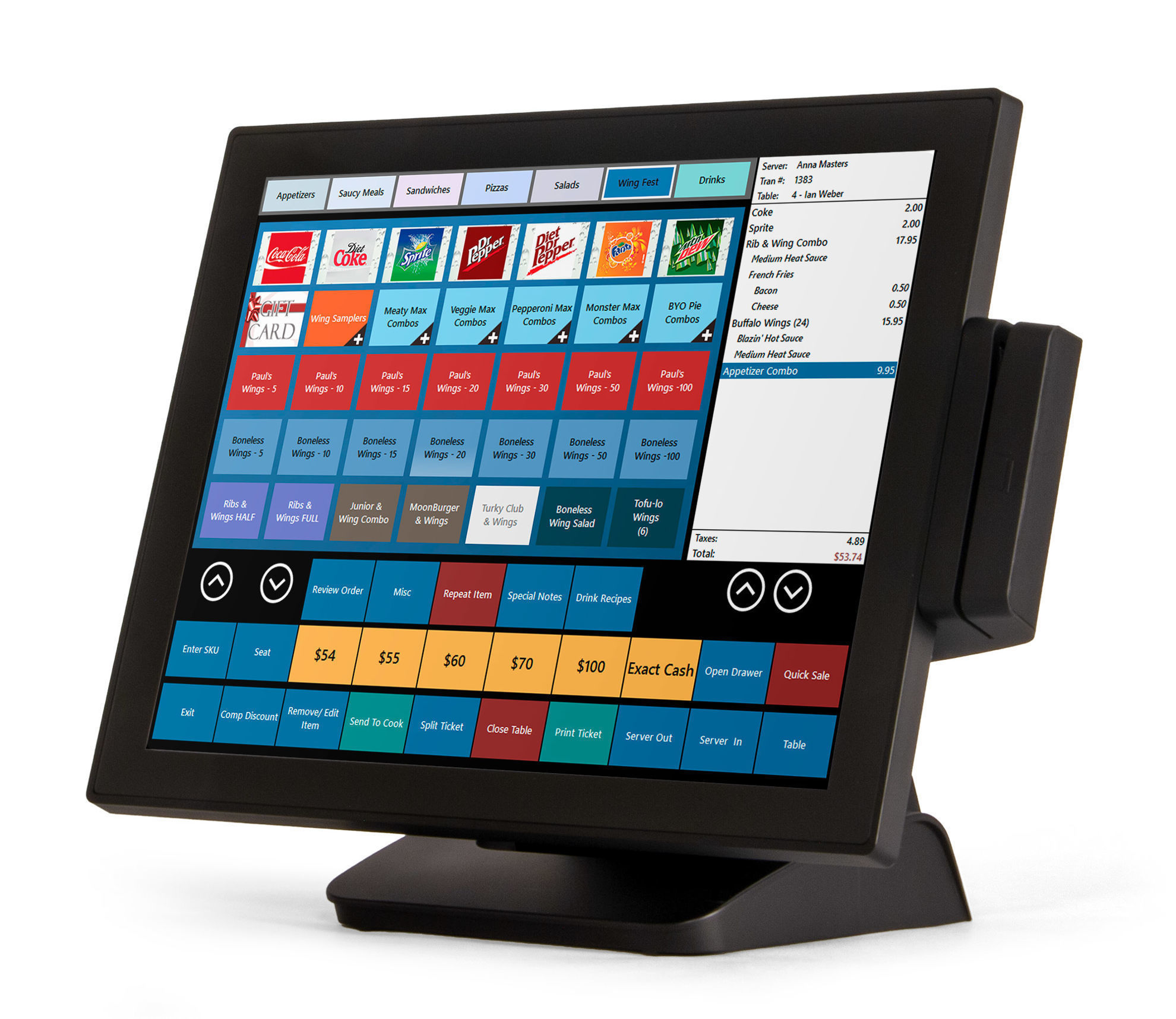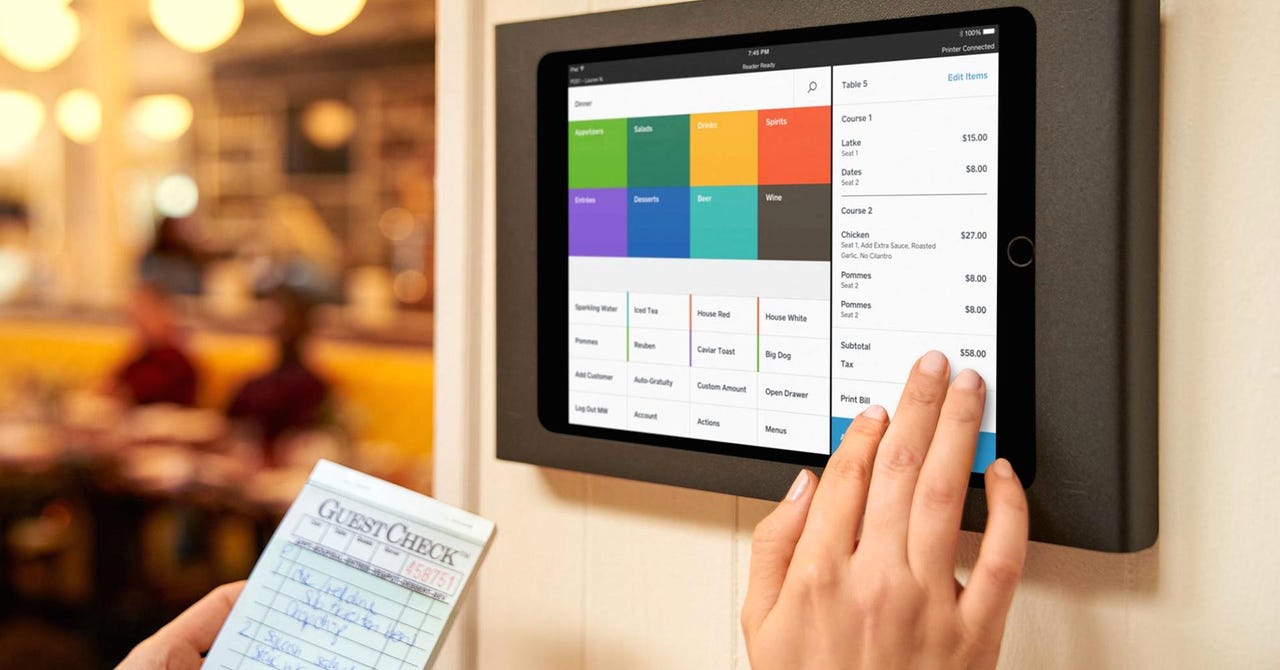Top 10 strategies Restaurant POS Software enhances customer satisfaction
Wiki Article
Exactly How POS System Functions: A Comprehensive Overview for Organization Owners
A POS system acts as a necessary device for modern-day organizations, incorporating different parts to improve procedures. It encompasses hardware like barcode scanners and software program up for sale tracking. This system not just processes purchases yet likewise takes care of supply and evaluates customer actions. Understanding its capability can greatly impact a business's effectiveness and decision-making. What are the crucial elements that contribute to this performance? Discovering these parts provides beneficial insights.Comprehending the Elements of a POS System
A Factor of Sale (POS) system is composed of a number of crucial elements that interact to promote deals and handle service procedures. At its core, the equipment consists of tools such as a money register, barcode scanner, receipt printer, and payment terminal, all vital for refining sales (Restaurant POS Software). The software component manages inventory, sales monitoring, and customer data, giving useful insights for organization decisions.Additionally, databases save purchase records and client information, making certain information integrity and safety. Network connection enables real-time updates and access to cloud-based solutions, boosting operational effectiveness. User user interfaces, developed for ease of usage, enable personnel to navigate the system quickly, reducing training time. With each other, these parts produce a cohesive system that simplifies the sales procedure, enhances client service, and help in effective management of service sources. Recognizing these elements is vital for company owner looking for to enhance their POS systemsJust How Sales Deals Are Processed
When a customer determines to make a purchase, the sales transaction initiates a series of systematic actions within the POS system. Initially, the cashier inputs the products being purchased, which are scanned via a barcode visitor or manually entered. This action gets product information, including rates and applicable tax obligations, from the system's database.Next, the client exists with the overall quantity due. The POS system then refines the payment, whether via cash, charge card, or mobile repayment methods. For electronic settlements, the POS firmly communicates with payment cpus to license and verify the transaction.Once the payment is confirmed, the system creates a receipt, which can be printed or sent digitally. This receipt serves as evidence of acquisition for the customer. The purchase information is recorded in the system, ensuring accurate sales documents and economic tracking for the company.Supply Administration and Tracking
Effective inventory monitoring and monitoring are essential parts of a POS system, as they guarantee that companies preserve optimal stock degrees and lessen inconsistencies. A robust POS system permits real-time supply updates, showing sales and returns instantaneously. This makes it possible for entrepreneur to monitor supply degrees properly, guaranteeing that popular things are conveniently available while protecting against overstocking of much less preferred products.Additionally, progressed POS systems provide attributes such as automatic supply informs and reorder pointers, streamlining the procurement process. Barcoding and RFID modern technology boost accuracy in tracking supply motion, reducing human mistake. Considerable coverage devices provide understandings right into supply turn over prices, assisting organizations make informed decisions concerning purchasing and product offerings. Inevitably, efficient stock monitoring with a POS system not just enhances functional effectiveness yet additionally enhances customer complete satisfaction by making certain product schedule.
Examining Customer Information and Insights
Customer information evaluation offers as an effective device for companies using a POS system. By collecting and analyzing transaction information, organizations can uncover important understandings regarding client behavior and choices. This evaluation allows them to determine acquiring fads, peak buying times, and popular items, consequently notifying inventory decisions and advertising strategies.Additionally, companies can section their consumer base, enabling personalized advertising initiatives that deal with specific demographics or buying behaviors. Recognizing client loyalty patterns also helps in creating targeted promos and incentives programs.The data gleaned from a POS system can likewise expose understandings right into client feedback, enabling services to make enlightened choices concerning product offerings and solution improvements. Ultimately, leveraging customer data efficiently can boost the overall shopping experience, foster consumer fulfillment, and drive income development.
Advantages of Applying a POS System
Implementing a POS system uses various benefits that can significantly improve company procedures. To begin with, it streamlines transaction processes, reducing delay times and boosting consumer satisfaction. By automating sales procedures, companies can reduce human error and warranty accurate record-keeping. Furthermore, a POS system supplies beneficial information analytics, making it possible for proprietors to track sales trends and inventory degrees in real-time. This understanding sustains educated decision-making, helping to enhance stock administration and marketing find out this here strategies.Moreover, several you can find out more POS systems integrate with various other service devices, such as audit software program, streamlining financial administration. Improved employee administration attributes, such as tracking hours and efficiency, more contribute to functional efficiency.Lastly, the application of a POS system can cause enhanced income through improved client experiences and calculated insights, inevitably cultivating service development and sustainability.
Frequently Asked Concerns
What Types of Businesses Can Profit From a POS System?

Exactly how Much Does a POS System Normally Expense?
The price of a POS system normally ranges from a couple of hundred to several thousand bucks, depending upon attributes, equipment, and software application pop over here - Restaurant POS Software. Organizations need to think about recurring charges for upkeep, support, and deal processing when budgeting
Can I Incorporate a POS System With Existing Software?
Integrating a POS system with existing software program is usually viable. Several systems offer APIs or integrated compatibility functions, allowing businesses to simplify procedures and enhance functionality by attaching different software applications effectively.What Training Is Needed for Personnel to Use a POS System?
Educating for team to utilize a POS system usually includes understanding software program capabilities, refining transactions, taking care of stock, and dealing with consumer communications - Restaurant POS Software. Practical presentations and hands-on session boost effectiveness and confidence in making use of the system properlyWhat Occurs if the Internet Drops While Utilizing a POS System?
If the net decreases throughout POS system use, transactions might be interrupted. Several systems supply offline capacities, permitting standard procedures to proceed, however complete capability, including real-time stock updates, will be restricted.Report this wiki page